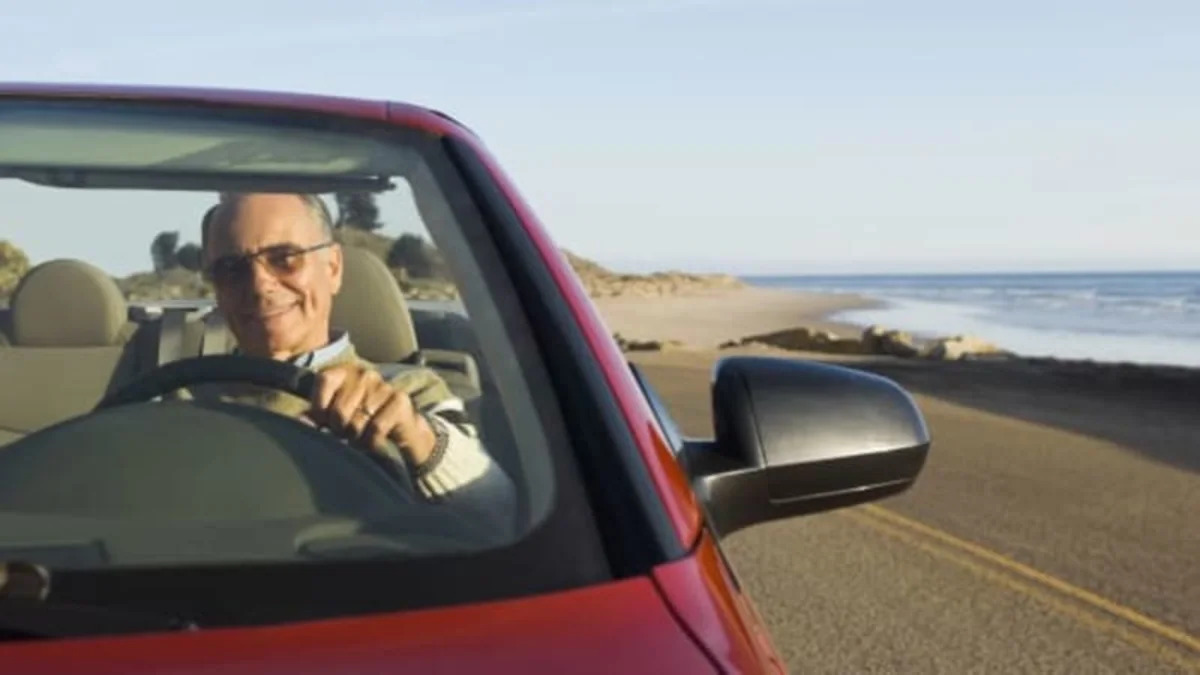Cars and transportation infrastructure are ever-evolving, as they're constantly being updated to reflect new technologies, strategies and laws. While that's generally a good thing, making us safer and more efficient drivers, it can often be hard for people, especially seniors (aged 55 and older), to keep up.
AARP is helping to bring drivers up to speed with its revamped Smart Driver course, a national refresher course available in classrooms and online. The class, which has been around for over 30 years, was recently overhauled in order to improve the areas in which older drivers are weakest behind the wheel.
"The last time the course was refreshed was in 2005," said Julie Lee, AARP Vice President and National Director of AARP Driver Safety. "A lot has changed in the past ten years. There are more distractions in our vehicles and the roads have been reshaped. We want people to be able to stay behind the wheel for as long as possible. The Smart Driver refresher course can help them do that."
A study from the Insurance Institute for Highway Safety (IIHS) found that seniors tend to struggle with the basics. For instance, according to the data a third of all fatal crashes involving seniors occur at intersections, 35 percent of all traffic violations involving seniors are because of the failure to yield the proper right-of-way and one in four traffic violations involving seniors involves making an improper left turn.
The course is taught nationwide either online or in-person. For a small fee ($15 for AARP members, $20 for non-members), drivers are educated on the basics of driving and three new areas: The individual (i.e. how medication can affect your ability to drive), changes in transportation infrastructure (i.e. the increase in roundabouts) and in-vehicle technology (i.e. smart headlights, lane departure warnings, etc.).
In-person classes can also cover state and local issues, such as area-specific driving laws and navigating places of heavy traffic or new infrastructure.
"We're finding that people are often hanging up their keys too early," said Lee. "That can bring up a number of issues they don't necessarily have to be facing, such as isolation." Some seniors may think that they aren't physically capable of driving, she said, when in fact all they really need is an update on how driving has evolved.
The course does discuss the physical limitations that aging places on driving, with a section that talks about how to know when it's time to hang up the keys. But since everyone ages at different rates, Lee said, it's not a main focus of the course. The curriculum encourages people to have their sight and hearing checked and also includes some pointers on staying flexible enough to drive.
The course doesn't just help seniors, either, Lee explained.
"We're finding that grandparents are taking their grandchildren who are just learning to drive," she said. "They've found it to be a valuable asset."
For more information or to find a course near you, head over to aarp.org/drive. Taking the class makes you eligible for an insurance discount.
AARP is helping to bring drivers up to speed with its revamped Smart Driver course, a national refresher course available in classrooms and online. The class, which has been around for over 30 years, was recently overhauled in order to improve the areas in which older drivers are weakest behind the wheel.
"The last time the course was refreshed was in 2005," said Julie Lee, AARP Vice President and National Director of AARP Driver Safety. "A lot has changed in the past ten years. There are more distractions in our vehicles and the roads have been reshaped. We want people to be able to stay behind the wheel for as long as possible. The Smart Driver refresher course can help them do that."
A study from the Insurance Institute for Highway Safety (IIHS) found that seniors tend to struggle with the basics. For instance, according to the data a third of all fatal crashes involving seniors occur at intersections, 35 percent of all traffic violations involving seniors are because of the failure to yield the proper right-of-way and one in four traffic violations involving seniors involves making an improper left turn.
The course is taught nationwide either online or in-person. For a small fee ($15 for AARP members, $20 for non-members), drivers are educated on the basics of driving and three new areas: The individual (i.e. how medication can affect your ability to drive), changes in transportation infrastructure (i.e. the increase in roundabouts) and in-vehicle technology (i.e. smart headlights, lane departure warnings, etc.).
In-person classes can also cover state and local issues, such as area-specific driving laws and navigating places of heavy traffic or new infrastructure.
"We're finding that people are often hanging up their keys too early," said Lee. "That can bring up a number of issues they don't necessarily have to be facing, such as isolation." Some seniors may think that they aren't physically capable of driving, she said, when in fact all they really need is an update on how driving has evolved.
The course does discuss the physical limitations that aging places on driving, with a section that talks about how to know when it's time to hang up the keys. But since everyone ages at different rates, Lee said, it's not a main focus of the course. The curriculum encourages people to have their sight and hearing checked and also includes some pointers on staying flexible enough to drive.
The course doesn't just help seniors, either, Lee explained.
"We're finding that grandparents are taking their grandchildren who are just learning to drive," she said. "They've found it to be a valuable asset."
For more information or to find a course near you, head over to aarp.org/drive. Taking the class makes you eligible for an insurance discount.










Sign in to post
Please sign in to leave a comment.
Continue